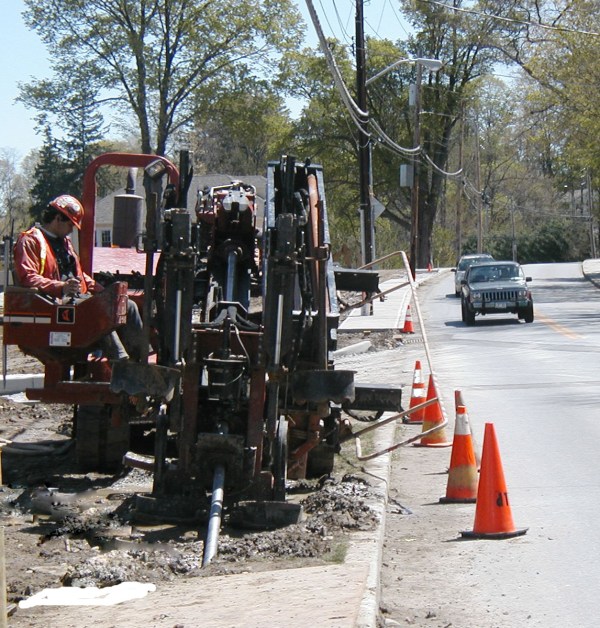
Some contaminants are trickier to remediate than others. Due to their chemical makeup, they remain in the groundwater longer and area less susceptible to standard air sparging techniques. Horizontal remediation wells allow significantly more linear screen footage per well, so that ozone sparging applications can make more contact with the contamination and treat those difficult contaminants.
Ozone sparging is a powerful tool when remediating difficult contaminants. Volatile organic carbons (VOCs) such as MTBE, PAHs, and other VOCs may be nonbiodegradable or are only biodegradable after a long period of time. In these situations, standard air sparging may help, but it won’t operate at the same chemical capacity as ozone sparging. During an ozone-sparging situation, ozone gas (O3) is injected into the contaminated soil or groundwater to oxidate the contaminants and reduce them to less harmful compounds.
If you’re using ozone sparging, your plate is likely already full of difficult contaminants. In the case of ozone sparging, the goal is to provide more remedial coverage in less time. While vertical wells typically contain 10s of feet of screen, horizontal wells often contain hundreds of feet or more.
As a result, one horizontal ozone sparge well can replace several proposed vertical wells at a contaminated site, while continuing to provide a greater radius of influence and significantly more flow. When these two elements are combined, the results of the ozone sparging are exponential.
Horizontal ozone sparge wells are particularly useful in situations where the contamination resides beneath an existing structure. It is common for volatile organic carbon (VOC) contamination to exist in places where traditional vertical techniques have difficulty reaching, such as beneath fuel storage tanks or dry cleaners. Contaminants associated with these sites, such as MTBE and PAHs, can linger significantly longer than other contaminants. In these situations, the horizontal well can be installed beneath the building or obstruction, targeting the contaminated groundwater with increased volumes of airflow.
Horizontal ozone sparge wells provide significantly more airflow to the contaminated soil or groundwater due to increased screen footage and compatible orientation. One horizontal well may replace the proposed vertical system at your next site while providing a higher performance and reducing the remedial timeline.
77 N. Plains Industrial Road
Wallingford, CT 06492
Over 5,000 Horizontal Remediation Wells Installed Worldwide
NAICS Codes: 237990 Heavy Equipment & Horizontal Drilling • 237110 Water & Sewer Line and Related • 541620 Environmental Consulting Services for HRW Screen Design • 237130 Underground Cable Lying & Utility Line Construction
Copyright 2025 Directional Technologies, Inc. All Rights Reserved.